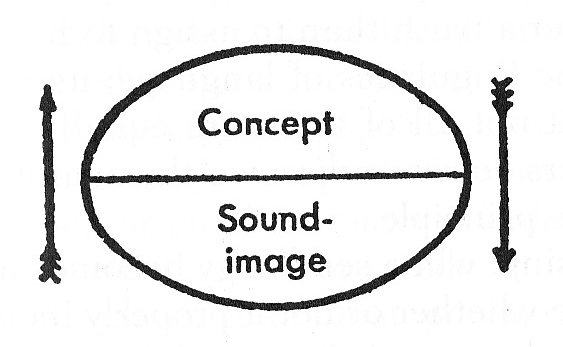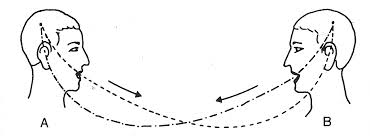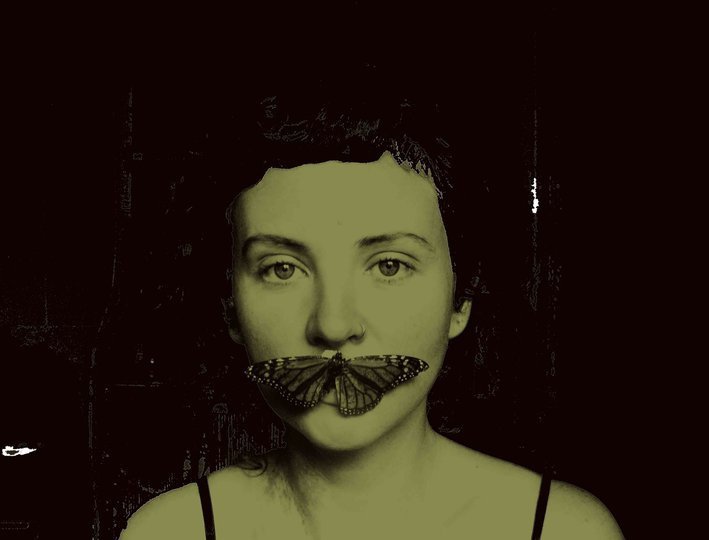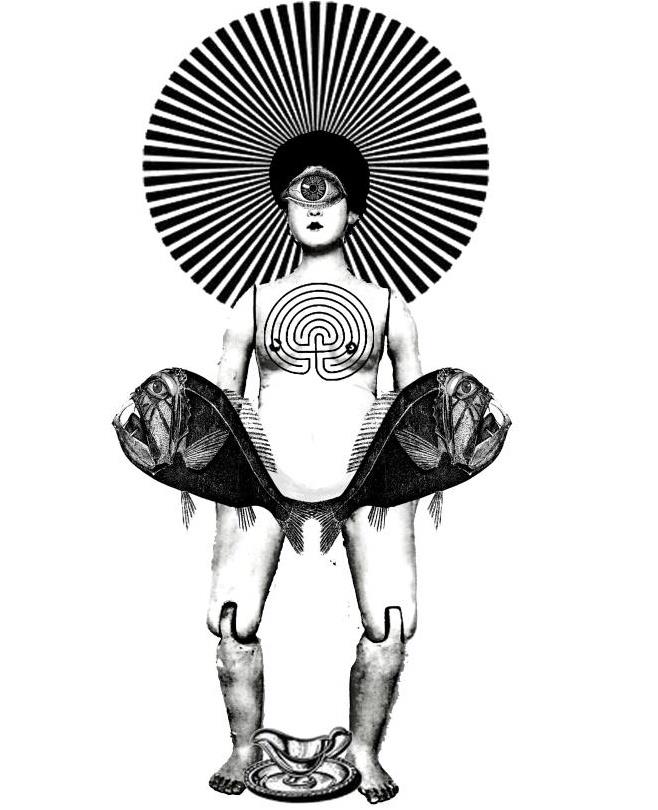Instability of Language (in Cultural Semiotics) – June 2012
Have Post-Structuralist theories changed the way we send and receive messages, communicating using our body and mind, our voice and our intrinsic expression through visual and intertextual languages.
In an endless search for meaning we are rapt in the human condition of desire and the need to understand ourselves, our world and others. Instinctual and learned languages are continuously changing, undergoing appropriation and reinventing cultural values. As the artist develops relationships with people, objects and the environment they determine what works by what is right for them at any given time and place. This, like most things is indeterminate and subject to change.
The position of art throughout history has and will continue to change, becoming increasingly accessible for both artists to practise and for audiences of art to receive. An anthropological approach gives way to seeing people as creations and as creators, inhabiting an incomprehensible place that we endeavour to embrace and understand by challenging communications, asking questions, expressing our spiritual and physical selves and creating through an ongoing development of language and texts. These things form our systems of beliefs, influencing and shaping us as individuals, our perception and ideas on meaning are formed through signs, readings, translations and interpretations.
Ultimately meaning exists within the mind, constructed by fragile layers of experience, varying from person to person and from day to day. This innate pursuit for meaning drives a constant development of language and culture, we can philosophise, measure and record that which we suppose to know yet will continuously create new ideals and new systems of belief. Some constants appear and offer a desired or working result, consequently encouraging further expansion and progress (or regress)[1] of discovery, invention, creation and means of communication. These innovative complexities of modern communications contribute greatly to globalisation, changing the important role of community and effectively generating a society of isolates.
It seems that the art of primitive societies was generally about everyday life, social themes and connections. The objects or artefacts were of everyday use, usually decorated with a culturally identifiable design. The smaller/closer the community the more the art is distributed locally existing as a part of the people, the makers primarily considered craftspeople as their skills and objects were commonly traded or shared.
Primitive society had little need for a written word, messages were sent through their art and ritual which is also a signal system of a different kind, active long before language as symbols was slowly developed over time. These limited languages belonged to both the individual and to the society, offering growth and solidarity to the people also intensifying the human connection. Pattern and symbolic imagery as a written language suggests that the origins of design and writing are one. It may even be that humans commenced design not so much for decorative beauty but to translate her thought into matter.
19th century linguists imply an onomatopoeic approach to the origins of language, suggesting its development was through the use of sounds that imitate the object or action that they denote.
Swiss professor Ferdinand de Saussure along with the functionalists in anthropology rejected this speculative approach. De Saussure noted that there is no intrinsic connection between the sounds of words and the object or action to which it refers, rather that sounds are associated with meanings by cultural convention. He went onto develop the concept of the signifier and the signified as a new approach to the instability of semiotics such as language. The signifier being that which carries the meaning and the signified is the meaning that is carried.[2]  The signified becoming slippery when its intent or meaning becomes misinterpreted.
The signified becoming slippery when its intent or meaning becomes misinterpreted.
Painting and carvings appearing on totemic objects representing a groups totem symbols are the signifiers, while the sense of the social groups internal unity within the wider society is the real signified concept.[3]
There are of course elemental symbols that offer purity in that their purpose cannot be mistaken, they can however be extended to offer a deeper meaning, yet a universal understanding remains. The sun for example is an ancient existence unchanged, reliably rising and setting without fail, offering light and heat to all people, this understanding is concrete regardless of culture.
Religion is an especially powerful foundation for underpinning cultural traditions and symbolism. Religious imagery is particularly important and hugely influential within a culture representing understandings of divinity and signifying god or holy beings. These things are associated with the absolute and are considered to be of the utmost importance, giving meaning on the most mystifying matters of creation and death. The Hebrew word for letter translates as pulse or vibration; for Kabbalists the 22 letters of the Aleph-Beit transcend religion, people and place and each letter is considered a manifestation of the energy of the universe. Brought together in different combinations it is believed to give rise not only to a written language but to matter, healing and a spiritual realization through the contemplation of the various combinations.[4]
The culture of a nation exerts an influence on its language, and the language, on the other hand is largely responsible for the nation.[5] Within todays society speech is of extreme importance, it is simultaneously an active system and a product of the past, existing so closely together that we can scarcely keep them apart, although their interdependence does not stop them from being two absolutely distinct things.
Kristeva suggests the concept of the speaking subject, a divided subject between unconscious and conscious motivations that is between physiological processes and social constraints[6]. This refers to the learned methods of application and action surrounding language such as conduct, manner, professionalism, passion and poetic abstractions. A person can choose to use language not only as a means of communication but also as an effort to convey something as being part of their identity.
From the moment of birth we are growing, changing and detaching from these connections with the mother, when a point of realisation arrives that we are in fact an other, only then do we begin to develop a sense of self and make choices on how we will use our own language and texts.
We continue to construct individual and shared language systems of distinct signs corresponding to distinct ideas[7],we alternate using a variety of tools including speech (the instrument of thought), controlling external sounds, body language and physical gesture, written word, imagery and visual media or combinations of these.  Psychosis and fetishism are said to represent the abysses that threaten the unstable subject of poetic language, replacing a symbolic legality with an arbitrary lack of reference.[8]
Psychosis and fetishism are said to represent the abysses that threaten the unstable subject of poetic language, replacing a symbolic legality with an arbitrary lack of reference.[8]
The paradigm of Structuralism came about as an attempt to devise a systematic approach or structure to human interrelations by constructing laws surrounding communication, language and meaning. Both visual and written texts whether creative or literal, inverted or appropriated adhere to a structure, and can be read by a methodical application allowing an easier interpretation of the text.
While the Structuralists were looking to pin down the nature of human behavior, unable to detach their discourse from the objects of discourse, Post Structuralism arrived as a response to this, an attack on apathy grounded in the concept of overdetermination and recognising the power of discourse, replacing static social structures with notions of social processes that could remain in flux. As a shift from the machine with many parts to that of a river forever moving and changing. As Heraclites said “you can never step in the same river twice “[9]
Post modernity and Post Structuralism go beyond, asking us to reject pre conceived notions and implications of a rigid inner logic that is applied to any aspect of social reality. Discourse has the power to change, to produce the sight of fictive objects or situations also to deny sight of real objects or situations. Keeping in mind that human spoken and written languages are not inherent traits but learned ones, and as with anything learned has its imperfections, furthermore for the purposes of this paper I will point out that when referring to language and text it can (unless otherwise specified) be referring also to art; used and read as a text.
How these creative offerings are received could be more significant than the messages the author intended and why they were made. The enquiry into the intentions of the artist or writer Barthes refers to as biographical information, and that having this knowledge does not guarantee that the work will be read how it was originally proposed. Making the connection between the term author and authority he says that by giving a text an author and assigning a single corresponding interpretation to it, is to impose a limit on that text. That the origin of meaning lies exclusively in the language itself, and that a text’s unity is not in its source or its creator, but in its impressions on the reader, its audience or its destination.[10]
On the other hand the author or artist of the work could be seen as the curator or designer, responsible for selecting what will be included and excluded content, the manner in which it is presented and the implementation. This voice, through these conscious processes of planning inevitably contribute to (or become) the resulting product, which is then subject to analysis. Each symbol included in the work adds to the layers of meaning embedded into the text. The reader is the space on which all the quotations that make up writing are inscribed, making the work instantly polysomic as meaning continues to multiply with every new reader.
If the name of the artist is revealed as being that of German origin we might interpret the work differently as to if the author revealed held a name of Chinese descent, according to our understanding of the race. There is no point at which this critical analysis ends as an infinite range of meaning results when determinacy is replaced by indeterminacy. By taking on the text the reader gives it a life, an embrace, recognising its existence and allowing it to seep into the mind through the physical action of reading. This could be thought of as a simultaneous process of feeding and being fed, as the reader gives the text time and energy, the text in turn engages the reader offering input, through effort and meaning.
Writing and creating art is that neutral, merged, oblique space where our subject slips away, the negative where identity is lost, starting with the very action of the body creating. [11] As soon something is narrated or described; no longer with a view to acting directly on reality but intransitively the disconnection occurs, the voice loses its origin, the artist enters into his own death, and creation begins.
[1] Dr Murray Patterson. Language as phallic; does the more we discover, develop and are influenced by language, consequently lead us further away from our true self?
2 Ferdinand deSausseur. Course in General Linguistics. The Philosophical Library Inc. 1966.
3Durkheim.
4 Madonna Gauding. The Signs & Symbols Bible. Octopus Publishing Group 2009.
The Universal Alphabet page 74.
5 Ferdinand deSausseur. Course in General Linguistics. The Philosophical Library Inc. 1966.
Chapter 5 Internal and External Elements of Language.
6 Julia Kristeva. Desire in Language. Columbia University Press. 1981.
7 Ferdinand deSausseur. Course in General Linguistics. The Philosophical Library Inc. 1966
8Julia Kristeva. Desire in Language. Columbia University Press. 1981.
9 http://.mtholyoke.edu/courses/sgabriel/post_structuralism.htm
10 Roland Barthes. The Death of the Author

Leave a Reply
You must be logged in to post a comment.